The development of digital technologies for several decades provokes the rapid development of almost all segments of consumer electronics. Today, even a relatively simple household appliances is a complex multi-functional device. Smart coffee machines, robotic vacuum cleaners, washing machines, etc with Wifi support and complex algorithms for auto modes perfectly illustrate this trend.
Of course, high-tech projectors are no exception. Modern projectors have evolved from simple devices to project an image into sophisticated digital equipment with huge media capabilities. The projector in the smartphone, miniature Pico and Cube projectors, 4K HDR models, etc perfectly illustrate this trend. Modern technologies have successfully solved the problems of their image quality, compactness, brightness, durability, noise and cost. Today, the market already offers 4K HDR models with a price range of $ 1,000 – 1,500. As a result, many consumers increasingly perceive the projector as an alternative to TV, increasing demand in this segment. Of course, companies are adequately responding to the market conditions by expanding their model lines. But the abundance of proposals sometimes complicates the choice of the optimal model. Therefore, even a simplified classification can help solve this problem.
The number of matrices
As known, the projector matrix provides filtering the luminous flux, passing or blocking it. Therefore, the matrix can form only a single-color image. This is fundamentally different from the matrix of the TV or monitor, which forms a color image.
Three-color matrixes are not used in projectors for several reasons. First, almost all the first projectors used high-power bulbs with high heat dissipation for illumination. Therefore, the LCD matrix requires very powerful cooling, which affects the noise, size and cost. Secondly, the three-color matrix does not provide an ideal square pixel.
A single-color matrix forms a color image, combining three separate images.
3-chip projectors combine the images and display the finished color picture. Single-matrix models alternately project mono-color images onto the screen, creating the illusion of a color image due to the high frame rate.
PROS and CONS
1. 1-chip projector is more compact, but uses more complicated and more expensive matrix.
2. 1-chip projector provides lower brightness due to less efficient use of the bulb luminous flux.
3. Playback in 1-chip models is often accompanied by the rainbow effect due to the non-synchronous speed of changing the image color components.
4. A 1-chip projector provides a perfectly accurate pixel shape, which depends only on the projector optics. The accuracy of the borders of the individual pixels in the 3-chip projector depends on the accuracy of manufacturing and placement of the matrixes. This problem sometimes occurs in budget 3-chip models from lesser-known manufacturers.
Light source and sizes
Modern models use UHP (mercury) or powerful xenon lamps or semiconductor light sources (LEDs, LED lasers). Often, vendors use the name of a laser projector for models with LED lasers as a light source. Of course, this is not entirely correct. Developed in 1991, LDT (Laser Display Technology) technology really uses lasers to form images. The working prototype of the LDT projector was introduced in 1997, and the serial prototype in 1999. Today, these models belong to the professional segment of very expensive installation projectors. Laser in the name of DLP and LCoS models only indicates the use of LED lasers as a light source.
Of course, the use of only one chip provides the advantage of DLP technology in terms of compactness. Combined with the LED light source, it provides the production of portable projectors.
Their enormous popularity even provoked the formation of a separate segment of compact projectors (mini, pocket, cube, pico).
Projection image formation technologies
Modern projectors form a projection image using DLP, LCD or LCoS technology. DLP and LCoS with DMD chip use the reflected luminous flux, and the LCD works on the light pass. Of course, each of them has its own features, pros and cons, but all of them have been successfully competing in the market for many years.
PROS and CONS of DLP and 3LCD projectors
Some 3LCD models can have Screen-Door effect (SDE)
The control elements of DLP matrices are located under the mirrors, but in the 3LCD matrices they occupy some space around the pixel, forming a small gap between them.
As a result, the image on the screen can display the edging of each pixel, creating the effect of looking through the screen-door. In fact, this effect is sometimes present in budget models, regardless of technology. More expensive models usually use various compensation technologies to eliminate it.
Some low-cost DLP projectors can display sharp color transitions (the “posterization effect”), generating digital noise when displaying a single-color field. This problem is caused by DMD chip control features.
Almost all 3-chip projectors can have this problem due to the not perfect placement of the three matrices. As a result, this factor reduces the image clarity on the screen. But the optics quality affects the image clarity much more.
A DLP projectors optical unit usually has a reliable seal and does not need air filters. On the other hand, other components, including the bulb and the board, require periodic cleaning from dust. Therefore, expensive DLP projectors of popular brands use filters.
This video demonstrates the visualization of the rainbow effect (color artifacts along the contour of fast-moving objects) in 1-chip DLP projectors.
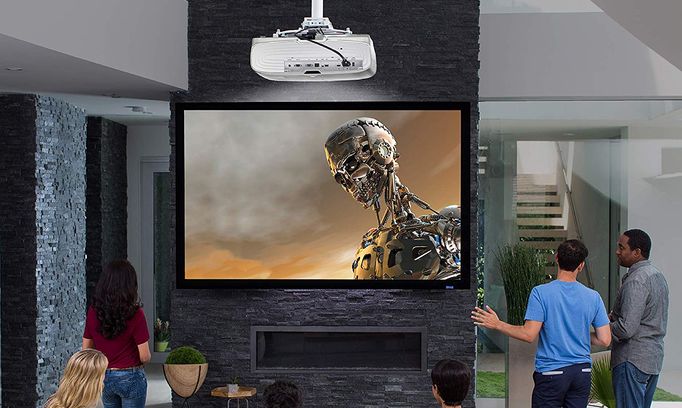
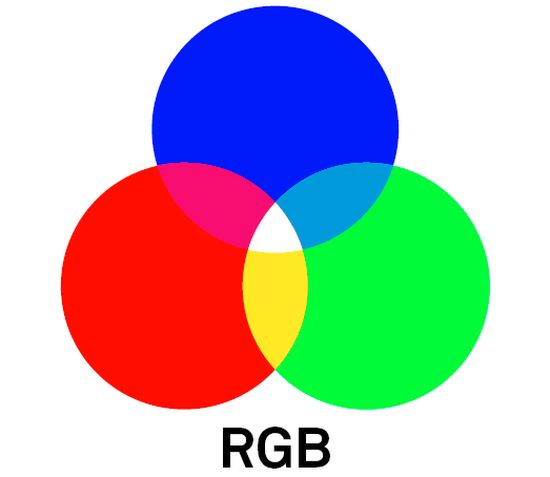

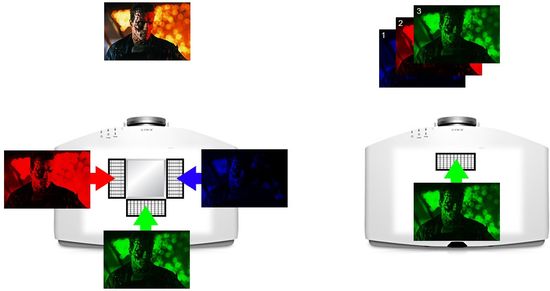
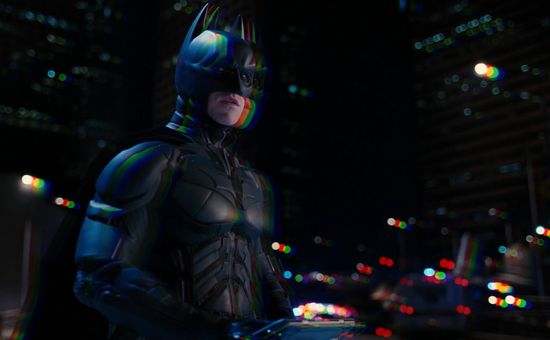
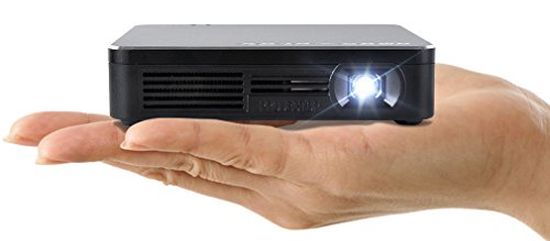

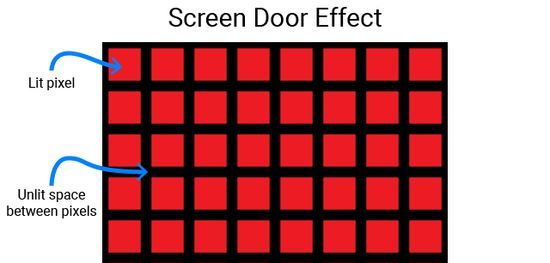
Pingback: How to buy the best projector - The Appliances Reviews